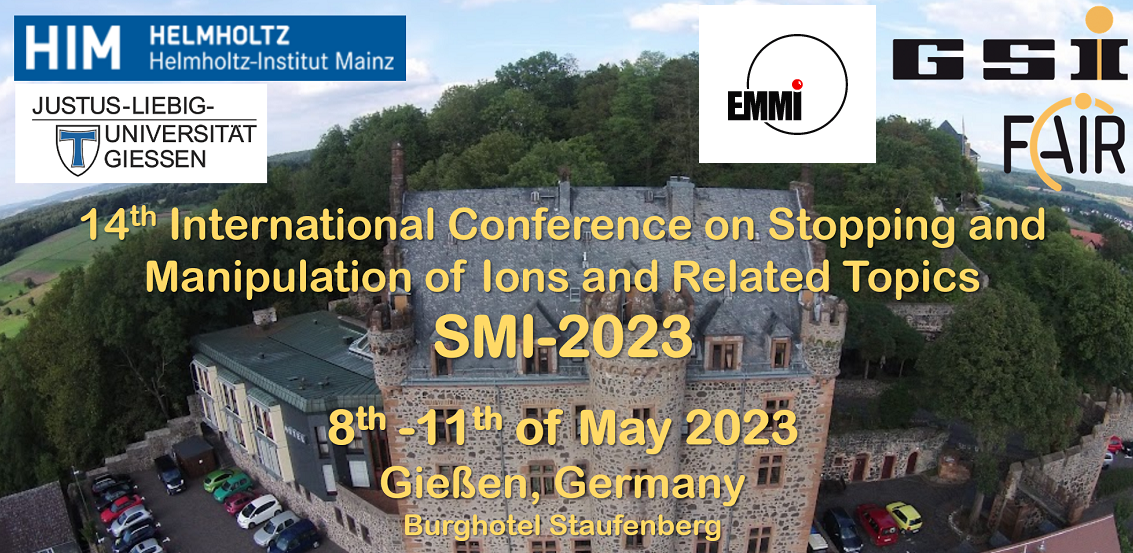Sprecher
Beschreibung
The superconducting Linear Accelerator (SPIRAL2-LINAC) coupled with the Super Separator Spectrometer (S3) will allow GANIL to produce neutron-deficient and super heavy nuclei via fusion-evaporation reactions. At the focal plane of S3, the S3-Low Energy Branch (S3-LEB) setup will stop and neutralize the exotic ions before performing in-gas-jet resonant laser ionization that would allow accessing some fundamental properties of the nuclei. Moreover, this highly selective and efficient technique will produce pure beams for further measurements. Among these, mass measurements by a Multi-Reflection Time-Of-Flight Mass Spectrometer (MR-ToF-MS) will be performed.
JetRIS is working in complement to the Radiation Detected Resonance Ionization Spectroscopy (RADRIS) setup at GSI. RADRIS performed resonance ionization of heavy nuclides such as nobelium in the gas cell before guiding the laser-produced ions to an alpha detector. JetRIS is also using resonant ionization spectroscopy, but the technology is similar to the one chosen for the S3-LEB gas cell, where RIS is performed in a hypersonic gas jet to reduce the pressure and Doppler broadening inside the gas cell. Presently, the ions produced by resonant ionization are studied using an alpha detector for efficient detection with low background. It is foreseen to install an MR-TOF-MS to enhance the possibilities of the setup by using mass-selected ion detection. This will allow studying long-lived nuclides where an activity-based detection is impractical as well as beta-decaying nuclides.
Both setups will make use of an MR-ToF-MS, which requires the incoming beam to be bunched. For this, a Radio Frequency Quadrupole Cooler Buncher (RFQcb) has already been designed and is currently commissioned with the S3-LEB setup. This commissioning will make use of ion-trajectory simulations to get the best transmission possible during the bunching process and then compare these simulations to experimental results. Simulations for the bunching unit of the JetRIS setup are being prepared, adapting the design to that of the S3-LEB RFQcb.
Here, we present the ongoing work on the RFQcb simulations to improve the efficiency for S3-LEB in GANIL, and on the design for the new RFQcb for JetRIS at GSI.

